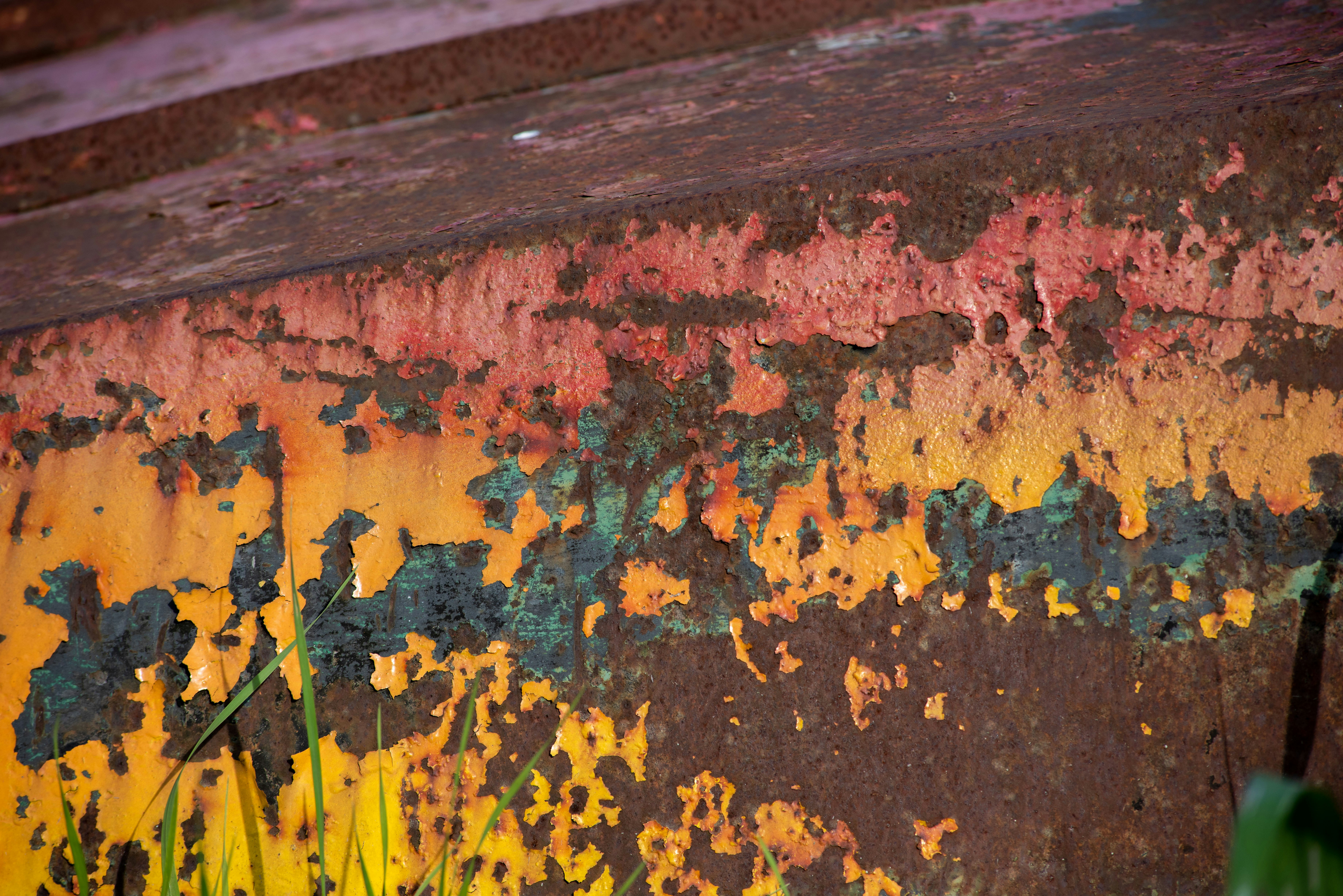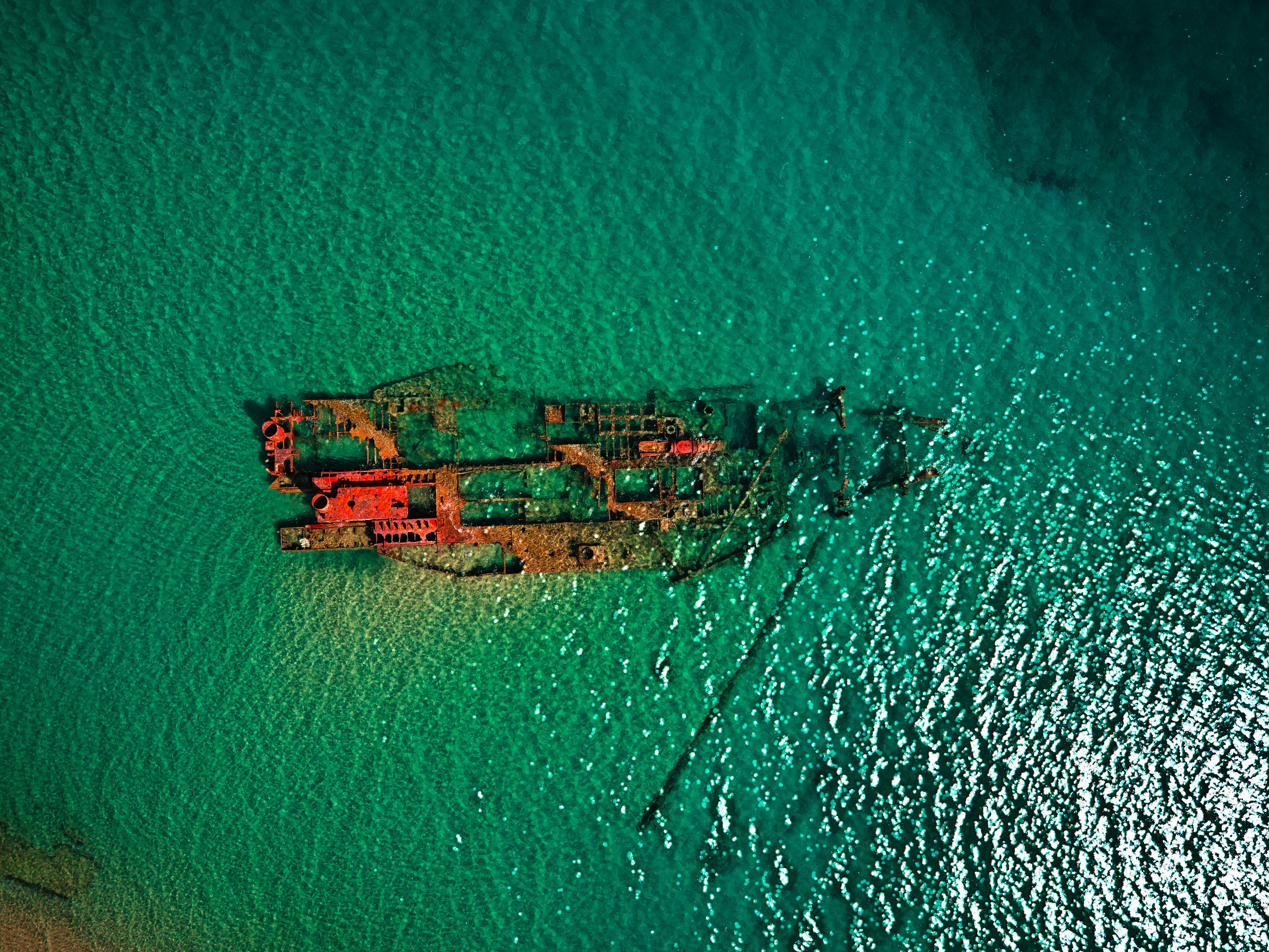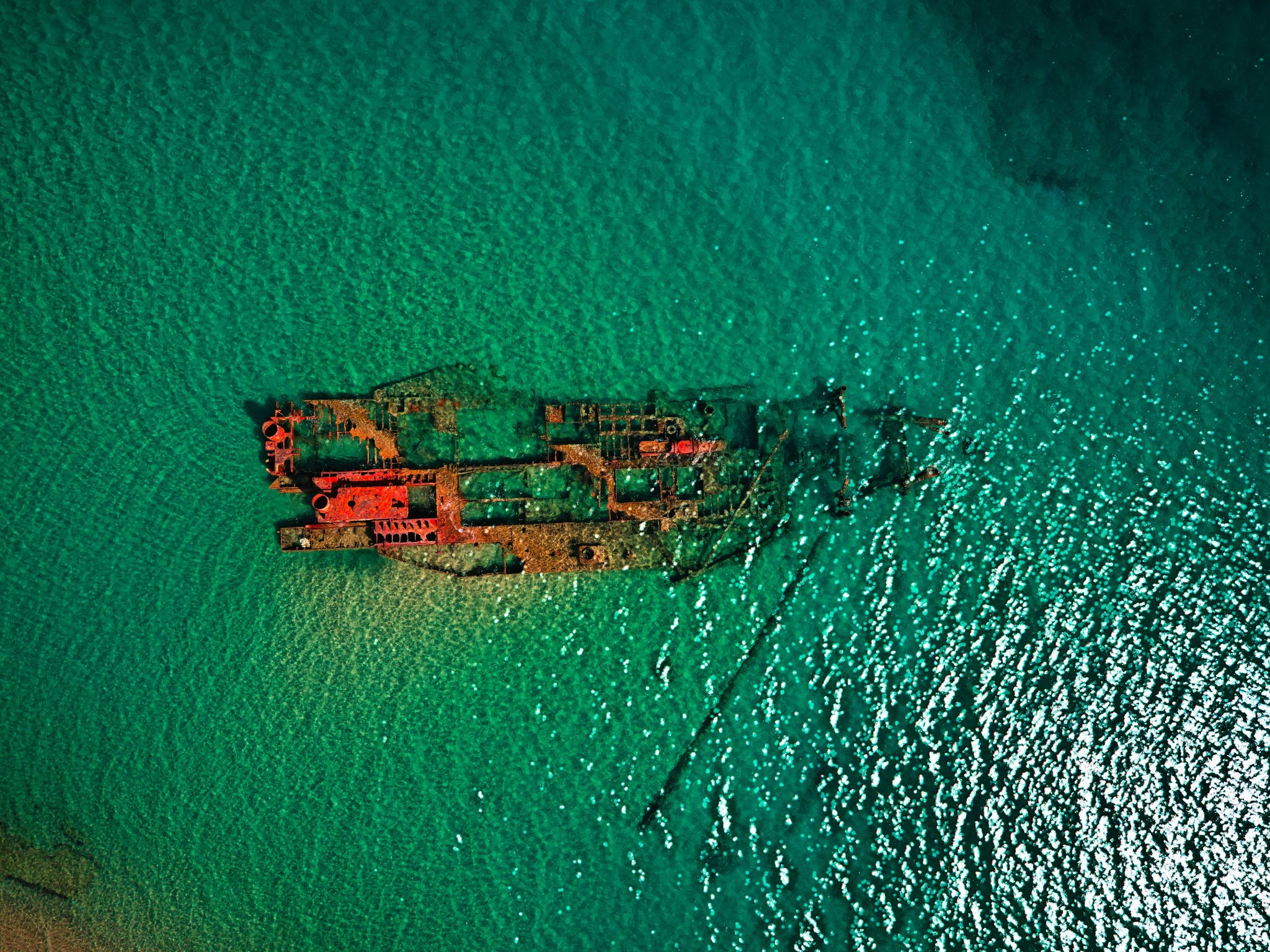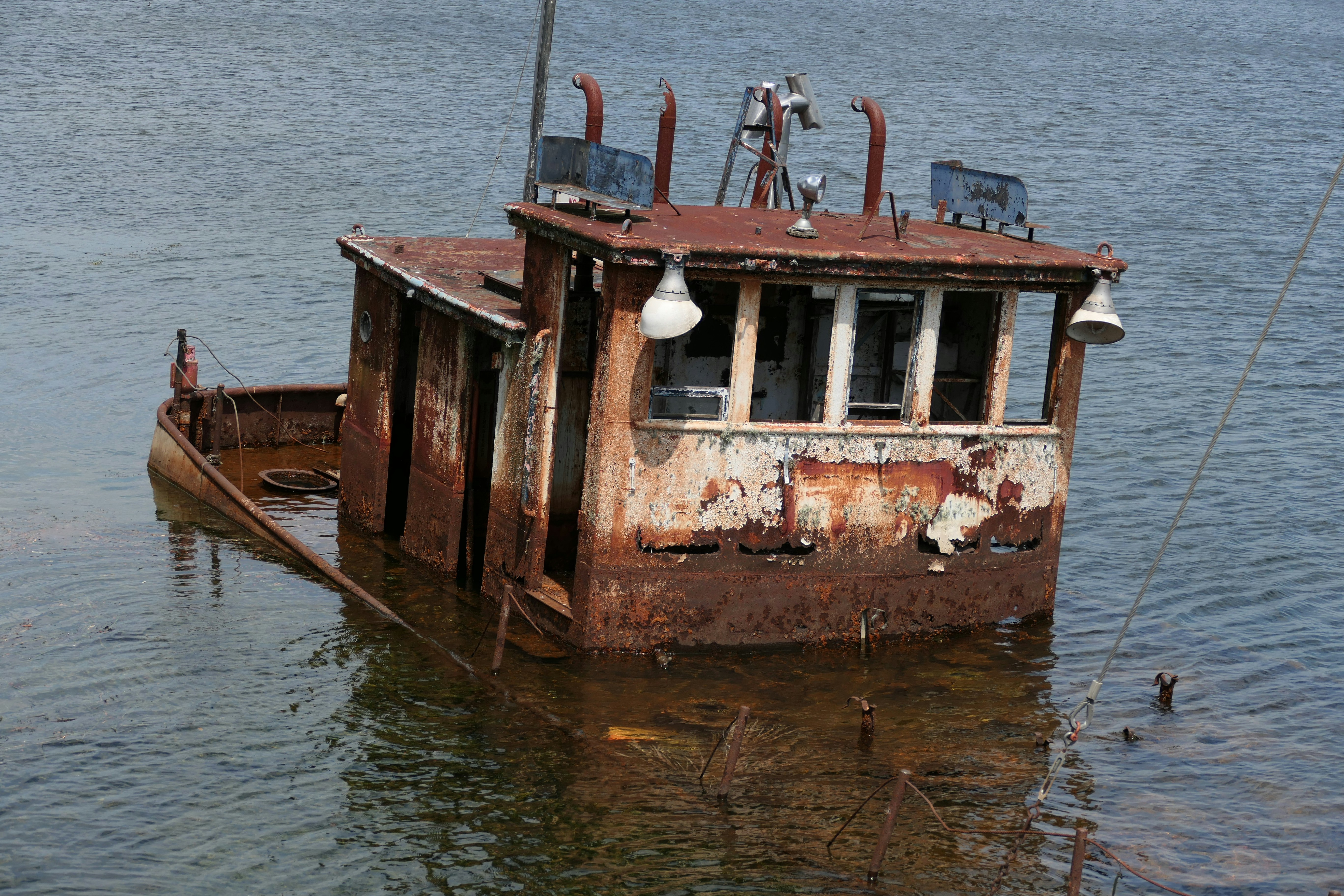Ever noticed your beloved boat’s equipment rusting away much faster than you’d expect? You might be dealing with electrolysis, a sneaky culprit that can wreak havoc on the surface and beneath the waves. While it’s natural for some wear and tear to happen over time, the accelerated degradation of metal parts can be alarming. And it’s not just your hardware at risk; electrolysis can affect electronics and even underwater life. Understanding how to identify and confirm electrolysis is essential for every boat owner. Let’s delve into the causes, effects, and tell-tale signs of this underwater adversary.
In this article, you’ll discover the common causes of electrolysis and how to pinpoint its presence before it causes irreparable damage. We’ll also explore its impact on your boat’s longevity and efficiency. Stay with us as we navigate the basics of electrolysis and arm you with the knowledge to keep your vessel ship-shaped.
Understanding Electrolysis in Boats
Electrolysis is a term you’ve probably encountered if you’re a boat owner, but what does it really mean? At its core, electrolysis is when one metal becomes corroded due to an electric current. This electric current can either be from an external source or galvanic differences between metals submerged in the water.
When two dissimilar metals, such as copper and aluminium, are in electrical contact in a conductive environment, one metal (the anode) will lose electrons and corrode more quickly. Meanwhile, the other metal (the cathode) will be protected. This phenomenon is known as galvanic corrosion, and it’s akin to the villain behind super-fast rusting on your boat’s equipment.
Electrolysis is not limited to physical connections between metals; stray electrical currents in the marine environment can also cause this issue. For example, if your boat has a faulty electrical system, it can lead to stray currents, which in turn can result in electrolysis, accelerating the degradation of metal parts.
The insidious nature of electrolysis is that its effects are often hidden from plain sight until significant damage has already occurred. As a boat owner, recognising the signs early can save you considerable money and hassle in the long run.

Common Causes of Electrolysis in Marine Environments
The marine environment presents unique challenges that can hasten the onset of electrolysis, leading to more rapid wear and tear on your boat’s vital components. At its core, electrolysis results from a galvanic reaction, where different metals meet and create a path for electrical currents to flow. This phenomenon thrives in maritime settings and is exacerbated by several common causes you’ll want to be aware of.
One of the primary culprits is external electrical currents. Shore power connections, for example, can introduce foreign currents into your boat’s system. This is particularly true of the ground lead, which can sometimes leak electricity, potentially overwhelming the protection provided by your zinc anodes. Left unchecked, these external currents can accelerate the consumption of your sacrificial anodes, leaving other vital parts exposed to corrosive decay.
Another contributing factor is metallic connections. If your boat features connections between dissimilar metals—say, copper wiring in contact with aluminium hull fittings—you’re establishing the ideal conditions for electrolysis. This type of galvanic corrosion is a direct result of the differing electrical potentials of these metals, which act as anode and cathode, ultimately leading to the anode corroding more quickly.
Electronics on board also play a role. Modern boats have various electronic devices, from navigation aids to entertainment systems. While indispensable, these electronics can also inadvertently contribute to electrolysis if not properly isolated. Leaks in electrical insulation or poor installations can create unintended pathways for current, exacerbating electrolysis even when your boat is at rest.
Even stray currents that are not directly from your boat can be problematic. In crowded marinas, where boats are moored side by side, electrical faults on one vessel can easily spill over and affect neighbouring crafts. Stray currents can stealthily travel through the water, finding their way into your boat’s electrical system and hastening the decline of critical components.
Lastly, environmental factors should not be underestimated. The type of water your boat resides in—whether saltwater, brackish, or freshwater—can affect the rate of electrolysis. Saltwater, for instance, is highly conductive and can significantly speed up electrolysis. Zinc anodes may quickly wear out in such environments, necessitating frequent inspections and replacements.
Understanding these common causes will better equip you to spot the warning signs early and take appropriate action, ensuring your boat remains in top condition for years.
How Electrolysis Accelerates Rusting in Boat Equipment
Electrolysis accelerates rust on boat metal components by setting off electrical currents between them. Imagine an underwater propeller made of stainless steel and a bronze rudder. These metals have different electrode potentials, causing a small electrical current to flow when submerged in electrolyte-rich water, such as saltwater.
This current, although minuscule, creates electrochemical reactions. The anodic metal, which is less noble (or more reactive), surrenders electrons, leading to oxidation or rust. The cathodic metal, being more noble, attracts these electrons, offering it protection at the expense of the anodic metal. While this process is complex and multifaceted, the outcome is straightforward: rapid rusting and subsequent weakening of the anodic metal.
Different types of water exacerbate this phenomenon. Saltwater, a strong electrolyte, intensifies the electrical currents, hastening the corrosion process. Freshwater stages a lower, yet still significant, rate of electrolysis-driven rusting compared to its saltier counterpart.
Furthermore, stray currents from the boat’s electrical system or nearby vessels can aggravate the situation. Inadequate grounding or insulation can allow current to wander, causing more rapid and uneven corrosion. This can quickly become costly as critical boat components succumb to accelerated wear and tear.
While the quiet hum of electrolysis might be out of sight beneath the waterline, its effects—accelerated rusting and corrosion—become glaringly apparent above. Preventative measures like sacrificial anodes, corrosion inhibitors, and proper electrical maintenance aren’t just optional; they are essential to safeguarding your vessel’s longevity and reliability.

How to Test for Electrolysis on Your Boat
Testing for electrolysis on your boat is straightforward, and you can manage it with some basic tools and a little patience. The first step is to gather your materials. You will need a multimeter for measuring electrical currents, a silver/silver chloride reference electrode, and access to the boat’s bonding system.
Ensure your boat is in the water and all electrical systems operate normally. This will provide an accurate representation of your boat’s typical electrical environment. Locate the bonding system, typically a metal component connected to the hull, often near the boat’s ground plate.
Next, connect the multimeter to the silver/silver chloride reference electrode and insert the electrode into the water close to the boat’s hull. Ensure the multimeter is set to measure voltage. Then, connect the multimeter’s other lead to the bonding system on the boat. Read the voltage indicated on the multimeter; you aim for a reading close to zero volts. A higher reading suggests a potential for electrolysis, indicating that there might be an issue with stray currents.
If the voltage measured is significantly above zero, it’s time to examine the boat’s electrical systems more closely. Check for improperly connected wiring, damaged insulation, or possible sources of stray current, such as faulty bilge pumps or other electrical devices. Even minor faults can contribute to electrolysis, accelerating rusting and corrosion.
Additionally, consider performing a hull potential test. This involves measuring the electrical potential difference between the hull and a reference electrode in the water. This test helps you determine the effectiveness of the sacrificial anodes installed on your boat. If the readings are not within the expected range, it might indicate that the number or placement of anodes needs adjustment.
Regularly conducting these tests can help you stay ahead of potential electrolysis issues. By identifying and addressing electrolysis early, you can extend the life of your boat’s metal components and ensure a safer, more enjoyable boating experience.
The Role of Sacrificial Anodes in Preventing Electrolysis
One of the most effective ways to combat electrolysis on your boat is using sacrificial anodes. These anodes, typically made of zinc, magnesium, or aluminium, divert the corrosive chemical activity away from your valuable boat components. The principle behind this is straightforward: the anodes corrode first, thereby “sacrificing” themselves to protect the more critical metals on your boat.
Sacrificial anodes take the brunt of the electrochemical reaction, ensuring that elements like your propeller, shaft, and other submerged metal parts remain intact and functional. It is essential to ensure that these anodes are adequately sized and strategically placed to offer optimal protection. Regular checks and replacements of anodes are paramount because once they are consumed, their ability to protect your boat’s metal goes away.
The type of water your boat operates in will dictate the material of the anodes used. Zinc anodes are most effective in saltwater environments due to their optimal electrical properties. In contrast, magnesium and aluminium anodes perform better in freshwater and brackish environments where salt concentrations are lower. Using the right type of anode tailored to your operating conditions will maximise the longevity of your boat’s metal components.
If your zinc anodes are corroding faster than expected, this could be a sign of external currents overpowering the protection they offer. In such cases, it is crucial to identify and mitigate the source of these external currents to prevent accelerated damage. Maintaining a proper electrical bonding system and ensuring all metals are connected to a correctly sized anode helps you achieve a balanced and effective cathodic protection system.

Routine Maintenance Tips to Prevent Electrolysis
Regular maintenance is essential to protect your boat from electrolysis. Here are some practical tips to help you stay on top of it:
- Inspect Sacrificial Anodes: Make checking your sacrificial anodes a routine part of your boat maintenance. They should be made of zinc, magnesium, or aluminium. If they appear significantly corroded, replace them promptly.
- Check Electrical Systems: Faulty wiring can significantly contribute to electrolysis. Regularly inspect all electrical connections and components to ensure they’re in good condition. Loose or corroded connections should be tightened or replaced as needed.
- Use Corrosion Inhibitors: Apply corrosion inhibitors to metal surfaces. These chemical treatments help form a barrier against corrosive elements, significantly prolonging the life of your boat’s hardware.
- Protective Paint Coatings: Applying high-quality protective paint to the hull and other exposed metal parts can safeguard against electrolysis. Bottom paints specifically designed for marine environments are excellent for this purpose.
- Balancing Metals: Ensure that your boat’s metal components are balanced regarding their electrochemical properties. This can reduce the potential for galvanic reactions that contribute to electrolysis.
- Dry Storage: Whenever possible, keep your boat in dry storage. Reducing the time your boat spends in water can diminish the chances of electrolysis and other forms of corrosion.
Understanding Galvanic vs. Stray Current Corrosion
Galvanic corrosion occurs when two dissimilar metals come into electrical contact in the presence of an electrolyte, such as seawater. This type of corrosion exploits the natural electrochemical potential between different metals, leading to the more anodic metal (the one with a lower potential) corroding faster. Common pairings include aluminium and stainless steel, where the aluminium can corrode extensively if not properly protected.
On the other hand, stray current corrosion is typically the result of electrical faults. These currents are often from external power sources, such as shore power connections or onboard battery systems. When these stray currents find a path through your boat’s metal components and into the water, they can cause rapid and severe corrosion. The effects of stray current corrosion can be even more damaging than galvanic corrosion because the current flow is usually higher and less predictable.
Identifying whether you’re dealing with galvanic or stray current corrosion can be challenging. A key indicator is the speed of corrosion: if metal components deteriorate quicker than usual, stray current is likely at play. Additionally, you might notice electronics behaving erratically. This could be another sign of stray currents interfering with your boat’s systems, such as erratic fishfinder readings or false alarms on your grounding system.
Another important aspect to consider is the role of bonding and grounding. Properly bonding all underwater metals can help to distribute the electrical load more evenly and reduce the potential for stray current issues. Grounding your electrical systems correctly can also protect against unwanted stray currents by providing a safe path for electricity to exit the boat without causing damage.
Understanding the differences between galvanic and stray current corrosion is crucial for safeguarding your boat. To help manage these risks, regularly inspect your anodes, ensure proper bonding and grounding, and use appropriate corrosion inhibitors. This proactive approach not only extends the lifespan of your boat’s components but also enhances your vessel’s overall safety and reliability.

Can Electrolysis Scare Fish Away?
When discussing the insidious effects of electrolysis, many boat enthusiasts wonder whether it threatens the marine environment, particularly its impact on fish behaviour. This concern is indeed valid. While the primary focus is often on how electrolysis contributes to the accelerated rusting of boat components and the potential damage to electronic systems, the subtle influence on the underwater ecosystem shouldn’t be overlooked.
Electrolysis occurs when an electric current flows through water, creating an electrolytic cell. In marine environments, this can happen due to poor wiring, improper grounding, or even naturally occurring currents exacerbated by the boat’s electrical system. The electrical disturbances generated can impact the local flora and fauna, and fish are no exception.
Fish are highly sensitive to electrical currents due to their lateral line systems, which allow them to detect motion and vibrations in their environment. When electrolysis is present, the fish might sense the minute electrical fields produced and become agitated or even repelled. This could result in changes to their natural behaviour, potentially driving them away from the vicinity of your boat.
Moreover, persistent electrical noise in the water can interfere with fish communication systems, breeding patterns, and feeding behaviours. For anglers, this scenario might mean fewer catches and a noticeable drop in fish activity around their vessels.





